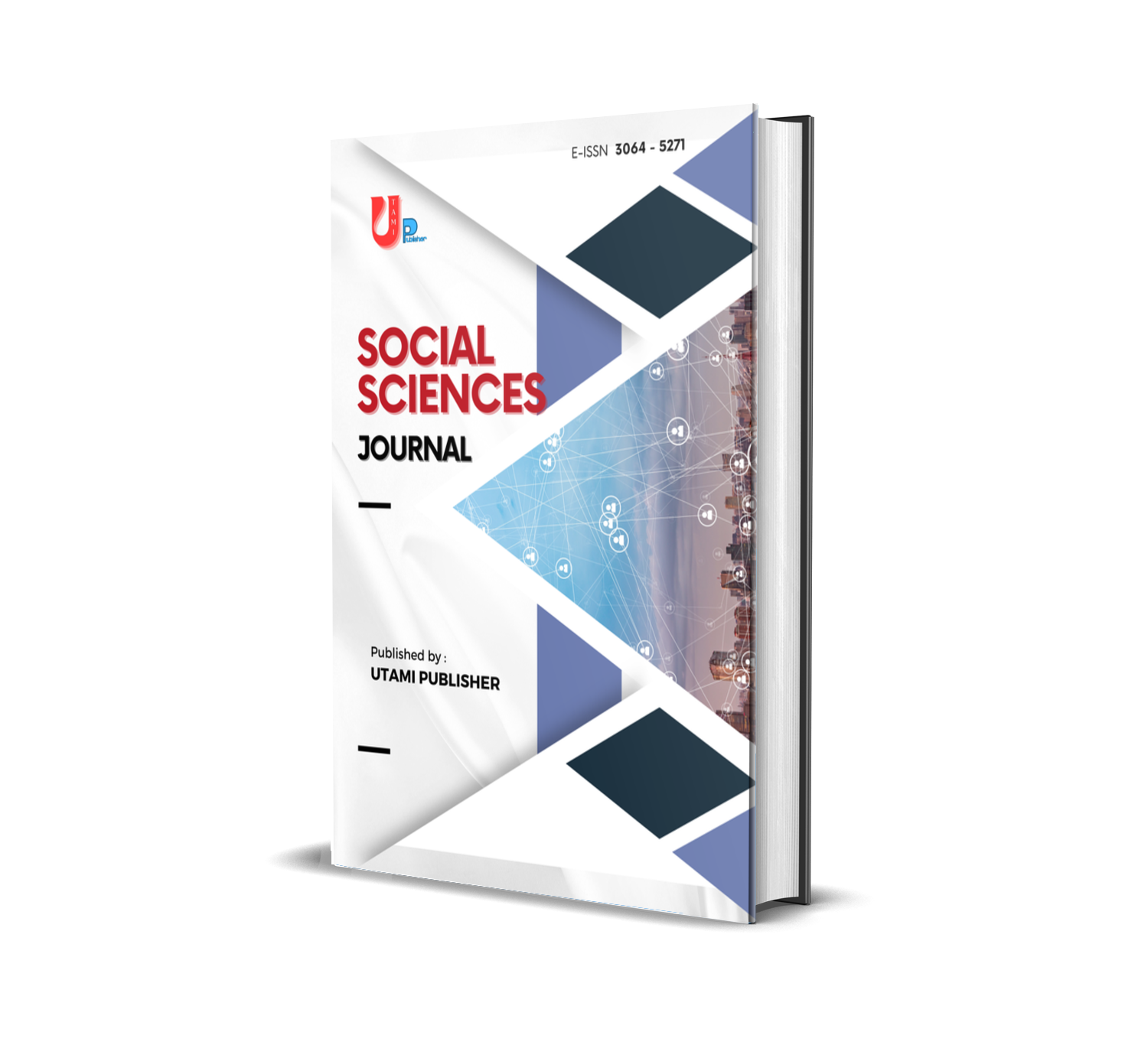Community Acceptance Of Male Beauty Vloggers: A Study Of The Residents Of Padang Gading Village, Sungai Rumbai Subdistrict, Mukomuko Regency
DOI:
https://doi.org/10.70963/soc.v1i4.290Keywords:
Beauty Vlogger, Community Acceptance, Encoding/DecodingAbstract
This study aims to explore community acceptance of male beauty vloggers, focusing on the TikTok account @azkhategar391 in Padang Gading Village, Sungai Rumbai Subdistrict, Mukomuko Regency. The emergence of male beauty vloggers is often perceived as a challenge to traditional gender stereotypes, especially within rural communities that adhere strongly to conventional masculinity. The study employs a descriptive qualitative approach, utilizing data collection methods such as observation, in-depth interviews, and documentation. Informants were selected purposively based on criteria including age, residency, and activity on TikTok. The research is grounded in Stuart Hall’s encoding/decoding theory, which explains how media messages are produced (encoding) and how they are received or interpreted by audiences (decoding). The findings reveal diverse audience responses to male beauty vlogger content. Some participants fully accept the content (dominant-hegemonic reading), others respond with negotiation (negotiated reading), while a portion rejects it (oppositional reading). Factors influencing acceptance include age, educational background, religious values, and exposure to social media. The study highlights a shift in rural community perceptions of gender and beauty, though resistance to non-traditional gender expression remains. These findings are significant in understanding how digital media influences local social dynamics and the potential of social media to promote more inclusive views of gender roles.
References
Afni, N., Zulfadhli, & Chairunnisa. (2022). Gender dalam konstruksi sosial budaya: Tinjauan terhadap peran perempuan dan laki-laki di media digital. Jurnal Ilmu Komunikasi, 17(1), 34–46.
Asmarani, D. (2022). Representasi maskulinitas dalam media baru: Perspektif kritik budaya. Jurnal Komunikasi dan Media, 12(2), 59–73.
Azzahra, R., & Pasaribu, S. (2020). Stereotip gender dan representasi laki-laki feminin di media sosial. Jurnal Gender dan Sosial, 8(1), 44–56.
Butler, J. (1990). Masalah gender: Feminisme dan subversi identitas. Routledge.
Cahyani, R., & Zahara, D. (2021). Beauty vlogger sebagai representasi identitas gender di media sosial. Jurnal Komunikasi Visual, 5(2), 88–97.
Fauzi, A., Suryani, T., & Wulandari, P. (2022). Peran media sosial TikTok dalam membentuk opini publik generasi Z. Jurnal Teknologi dan Komunikasi, 9(3), 112–121.
Aula, S. (1980). Pengkodean/penguraian kode. Dalam S. Hall, D. Hobson, A. Lowe, & P. Willis (Eds.), Budaya, Media, Bahasa (hlm. 128–138). Routledge.
Haryono, T. (2023). Metodologi penelitian kualitatif: Teori dan praktik lapangan. Surya Duta Media.
Novia, A., Warini, D., & Marlina, S. (2024). TikTok sebagai media ekspresi budaya populer di kalangan remaja. Jurnal Ilmu Komunikasi dan Digital, 6(1), 70–81.
Oktavia, M. (2022). Stereotip gender di masyarakat Indonesia: Antara tradisi dan perubahan sosial. Jurnal Sosial dan Humaniora, 10(2), 100–113.
Putri Rahmadania, F. (2024). Sikap masyarakat terhadap ekspresi gender non-tradisional di TikTok. Jurnal Komunikasi Sosial, 13(1), 21–32.
Sugiyono. (2022). Metode penelitian kualitatif, kuantitatif, dan R&D (Edisi ke-3rd). Alfabet.
Utami, AV, & Herdiana, R. (2024). Media dan wacana identitas: Kajian atas teori Stuart Hall dalam komunikasi digital. Jurnal Wacana Komunikasi, 11(1), 13–25.
Downloads
Published
How to Cite
Issue
Section
License
Copyright (c) 2025 Nunuk Parwati, Sri Narti, Anis Endang SM

This work is licensed under a Creative Commons Attribution-ShareAlike 4.0 International License.





